Technical Analysis of Several Misunderstandings in the Selection of Wire and Cable Insulation and Sheath Materials
Guangzhou Pearl River Cable Co., Ltd.
Our country wire and cable There are a large number of companies, and the homogeneity of products is serious. If you want to improve quality while effectively controlling costs and legally gaining competitive advantages, effectively controlling material costs and reducing scrap rates in accordance with standard requirements are effective methods. This article intends to select GB/T5023-2008 "Polyvinyl chloride insulated cables with rated voltages of 450/750V and below" (hereinafter referred to as GB/T5023), GB/T5023-2008, from the aspects of insulation and sheath material control that have a direct impact on the quality of wire and cable products. /T9330-2008 "Plastic insulated control cable" (hereinafter referred to as GB/T9330), GB/T12706-2008 "Rated voltage 1kV (Um=1.2kV) to 35kV (Um=40.5kV) extruded insulated power cable and accessories" ( (Hereinafter referred to as GB/T12706), GB/T14049-2008 "Basic Information of 10kV Overhead Insulated Cables with Rated Voltage" (hereinafter referred to as GB/T14049) and other cable product national standards (standard family) requirements, compared with GB/T8815-2008 "Wires National standards for cable materials such as Flexible Polyvinyl Chloride Plastics for Cables (hereinafter referred to as GB/T8815), GB/T32129-2015 “Halogen-free low-smoke flame-retardant cable materials for wires and cables” (hereinafter referred to as GB/T32129) and GB/T18380 -2008 "Combustion test of cables and optical cables under flame conditions" (hereinafter referred to as GB/T18380), GB/T2951-2008 "General test methods for insulation and sheath materials of cables and optical cables" (hereinafter referred to as GB/T2951) and other standard families In combination with common quality problems, several misunderstandings in the industry’s insulation and sheath materials are analyzed and discussed.
Misunderstanding 1: Insulation and sheath materials are insignificant
Traditionally, since the proportion of insulation and sheathing materials in the total material cost of wire and cable products is usually no more than 20%, many cable companies regard them as non-important materials, and the quality is easily overlooked, which leads to the selection and selection of suppliers. There is greater arbitrariness in material model selection and incoming inspection. At the same time, the outbreak of the "Xi'an Okay Problem Cable" incident has aroused the society's full attention to the "conductor discount" problem of wire and cable products. In terms of product quality, more and more people from all walks of life are focusing on the quality of cable conductors. In addition, currently in the "Compulsory Product Certification Implementation Rules for Wire and Cable Products" CQC-C0101-2014, which has rigid constraints on cable companies, and the "Implementation Rules for Wire and Cable Products Production License" that took effect on December 1, 2018, the factory materials The inspection requirements are limited to the formulation of inspection/verification regulations and the preservation of inspection/verification records, so that companies can pass the review without making substantive technical requirements for material inspection. Therefore, many companies feel that the quality of insulation and sheath materials is not important to a certain extent.
In fact, the quality of insulation and sheath materials determines the electrical insulation performance, mechanical and physical properties, and environmental resistance performance of the cable, which directly affects the cable’s flame resistance performance. In the cable product standard, about 70% of the assessment items are composed of insulation and The quality of the sheath material determines or is related to it. The author has made statistics on the proportion of the number of items directly related to the quality of the insulating sheath material of some typical products to the total number of test items. The data is shown in Table 1:
Table 1
Standard | Typical products | The number of items directly related to the quality of the insulating sheath material | Type test total number of test items | Percentage(%) |
GB/T5023.3 | 60227IEC01(BV) | 15 | 23 | 65.2 |
GB/T5023.4 | 60227IEC10(BVV) | 34 | 44 | 77.3 |
GB/T12706.1 | YJV 0.6/1 | 29 | 39 | 74.4 |
GB/T12706.3 | YJV 26/35 | 40 | 60 | 66.7 |
GB/T9330.3 | WDZA—KYJY | 28 | 39 | 71.8 |
GB/T14049 | JKLYJ | 19 | 28 | 67.9 |
In addition, from the statistical analysis of the wire and cable national supervision and spot check and provincial supervision and spot check data that our center has undertaken in the past three years,The proportion of unqualified due to insulation and sheath materials is also about 70%. The data is shown in Table 2:
Table 2
Nature of unqualified items | Frequency of occurrence | Total number of unqualified | Percentage(%) |
Items that have nothing to do with the quality of the insulating sheath material (conductor DC resistance, structure size, torsion, signs, etc.) | 25 | 83 | 30.1 |
Projects directly related to the quality of the insulating sheath material | 58 | 69.9 |
In order to help cable companies improve their quality, our center used risk and risk monitoring to sample the insulation and sheath materials used by cable companies in a certain city from 2017 to 2018. A total of 104 batches were spot-checked. The results showed The pass rate is only 81%.
From the above analysis, it is not difficult to find that although insulation and sheath materials account for less than 20% of the total cost of cable materials, they directly affect about 70% of the quality characteristics of the cable finished products, resulting in about 70% of the quality unqualified, and currently The quality of the raw materials used by our cable companies is worrying, and they belong to the "critical minority" of genuine goods. In the improvement of the quality of wires and cables, we attach great importance to the quality of insulation and sheath materials. Fully doing quality control in this area can achieve better quality with less investment. Large profits further enhance the competitiveness of enterprises. At the same time, "Compulsory Product Certification Implementation Rules for Wire and Cable Products" and "Wire and Cable Products Production License Implementation Rules" are essentially the quality of materials through the requirements of product consistency and product standard compliance Provisions are made, and full attention must be paid.
Misunderstanding 2: The use of materials that meet the requirements of insulation and sheath standards can meet the needs of producing qualified cable products
For the polyvinyl chloride (hereinafter referred to as PVC), cross-linked polyethylene (hereinafter referred to as XLPE) and halogen-free low-smoke polyolefin materials commonly used in the production of wire and cable insulation and sheathing, there are respective national and industry standards. The current wire and cable Enterprises generally believe that these material standards are issued by authoritative organizations, and that the purchase of insulation and sheath materials that meet the requirements of the material standards can meet the requirements of the cable product standards. Therefore, these material standards are basically used as the basis for quality acceptance in the procurement contract.
PVC is the most widely used in the production of wire and cable insulation and sheath. As far as PVC insulation is concerned, the material types specified in GB/T5023 are PVC/C (conductor maximum operating temperature 70℃), PVC/D (conductor maximum operating temperature 70℃ flexible type), PVC/E type (conductor The maximum working temperature is 90℃), GB/T9330 is respectively PVC/A (the long-term allowable working temperature of the conductor is 70℃), PVC/D (the long-term allowable working temperature of the conductor is 70℃ soft type), and the models specified in GB/T12706 are respectively PVC/A (the long-term allowable working temperature of conductor is 70℃, ≤1.8/3kV level), PVC/B (the long-term allowable working temperature of conductor is 70℃, 3.6/6kV level), and the habit of purchasing PVC cable materials by cable companies is quoted The acceptance standard is GB/T8815, among which PVC insulation materials are classified into J-70 (maximum working temperature of conductor 70℃), JR-70 (maximum working temperature of conductor 70℃ flexible type), J-90 (maximum working temperature of conductor 90℃) ), JGD-70 (the maximum working temperature of the conductor is 70℃, 3.6/6kV and below). It should be noted that although the GB/T8815 standard also gives the corresponding working temperature, etc., there is a certain reference for the selection of cable product materials, but the GB/T8815 standard and the cable product standard require actual material models, test items, and indicators. There are certain differences in test methods, and there is currently no recognized technical document to determine the data association or replacement relationship between these differences. The following is an example in Table 3 to illustrate some of the differences that PVC materials need to pay attention to:
Table3
Index (item) | Cable product standard requirements | Corresponding requirements for material standards | Main difference | Whether there is a recognized technical document to determine the data association or replacement relationship between the differences |
PVClow temperature performance | GB/T5023It is specified as low-temperature winding or low-temperature stretching (choose one according to the outer diameter), low-temperature impact | GB/T8815It is specified as impact embrittlement | GB/T5023 it is to assess the ability to resist deformation and rigid impact at low temperatures,GB/T8815 to assess the resistance to shear impact at low temperatures, the test principle is different | no |
PVC thermal shock performance | GB/T5023 it is specified as high temperature pressure in the test to test the depth of indentation produced by the knife edge | It is specified in GB/T8815 as thermal deformation, and the thickness change rate produced by the round pressing rod is evaluated | The test principle is the same, the test equipment and the data collected are different | no |
Thermal stability of the sheath (select GB/T12706 to compare the ST2 type sheath material with the corresponding HI-90 material in GB/T8815) | According to GB/T12706 regulations, in accordance with the regulations of GB/T2951.32, put the strip sample into a test tube with a length of 110mm, an outer diameter of 5mm, and an inner diameter of (4.0±0.5) mm, and insert the ordinary test paper with a PH value of 1-10 into the test tube mouth. Heating to 200℃, the time for the test paper to turn red in the opening | GB/T8815 stipulates that the granular sample is put into a test tube with a length of 95mm and an inner diameter of 12mm-13mm, and the Congo red test paper ring is placed on the mouth of the test tube, heated to 200°C, and the time for the test paper to turn blue when sealed | The test principle is the same, but the sample shape, test tube size, test paper type, test paper placement method, and test termination conditions are all different | no |
Insulation water absorption test (select the PVC/A type material in GB/T12706 and the corresponding J-70, JJD-70 material in GB/T8815 to compare) | According to the provisions of GB/T2951.13, the water absorption rate of the material is evaluated by the ability of the insulated core to withstand the corresponding DC voltage in the water at the working temperature (conductor to water) | Not requested | Not required by material standards | no |
Combustion | According to the GB/T18380 standard family, a single vertical combustion or bundle combustion test is carried out to measure the flame spread distance, and the result should meet the standard requirements | According to the test of GB/T2406-1993, measure the minimum oxygen concentration required for material combustion, and the result should meet the requirements of the demander | The GB/T18380 standard family assesses the vertical spread of finished cable products under flame conditions, and the GB/T2406-1993 standard assesses the performance of materials under specified test conditions, clearly stating that "it cannot be used to assess the fire hazard of materials under actual conditions of use. ", the test purpose, principle and result judgment are all different | no |
a The difference is analyzed and studied in detail in the research project "The relationship between the structure, process and materials of low-smoke, halogen-free, flame-retardant and environmentally friendly cables" of the former AQSIQ completed by the author. | ||||
Similar problems still exist in XLPE insulation and halogen-free low-smoke polyolefin sheath products. Some differences that need to be noted are shown in Table 4:
Table 4
Index (item) | Cable product standard requirements | Corresponding requirements for material standards | Main difference | Whether there is a recognized technical document to determine the data association or replacement relationship between the differences |
Smoke density (select the halogen-free low-smoke flame-retardant cable and the halogen-free low-smoke polyolefin sheath material used for comparison) | According to the requirements of GB/T17651.2-1998, test the light transmittance | GB/T32129 stipulates in accordance with GB/T8323.2-2008, test specific optical density | GB/T17651.2-1998 evaluates the cumulative smoke emission (in terms of light transmittance) of the finished cable product (including insulation, filling and sheathing materials) after a certain amount of alcohol is ignited by an open flame. GB/T8323.2-2008 only separately assesses the weighted value of light decay (in terms of specific optical density) of the material under the heat radiation source with ignited flame and non-ignited flame. The test purpose, principle and result judgment are all different. | no |
Hot stretch | GB/T12706 requires that in accordance with the provisions of GB/T2951.21-2008, a 0.8mm-2.0mm thick sample is prepared from the inner layer of the finished product | JB/T10437-2004 requires that in accordance with the provisions of GB/T2951.5-1997, a whole piece of (1.0±0.1) mm thick specimens | The finished product is a single-sided heating cross-linking of the outer layer and a sample from the inner layer, with a thickness of 0.8mm-2.0mm. The material is integrally heated and cross-linked, and there is no requirement for the sampling part, and the thickness is (1.0±0.1) mm. | no |
Insulation heat shrink | According to GB/T2951.13 test, assess the shrinkage rate of the sample after heating and cooling | Not requested | Not required by material standards | no |
From the above comparative analysis, it can be seen that if you simply and indiscriminately use insulation and sheath materials that meet their respective standards to manufacture various wire and cable products, the consequences will be unqualified product quality or increased costs (for the same reasons) , The same is true for materials such as inner sheath). It can be seen that, in the process of material selection and acceptance, our cable companies need to take the material standards as the quality acceptance standards of the purchase contract, and meet the cable product standards and have good process performance as the bottom line.
Misunderstanding 3. Similar products use the same insulating sheath material and the same processing technology, and there will be no significant difference in quality
In our inspection work, companies often have doubts when they receive non-conformity reports-similar products produced with the same materials and processes can pass the inspection before, but how can they fail now? In fact, wire and cable products have a wide range of models and specifications for different expected use conditions. Even products within the same standard have dozens to hundreds of models and specifications. There are differences in materials, structures and sizes between different models, and the same models are different. There are differences in structure and size between specifications, and these differences will cause the same material to show different overall quality characteristics even after the same process. The following are a few common and noteworthy issues:
——Cross-linking of low-voltage extruded insulation. At present, in the production of low-pressure extrusion and cross-linked insulation, silane cross-linked insulation materials are basically used. The chemical reaction principle of the cross-linking process is: the cross-linked polyethylene polymer is heated and under the action of the silanol condensation catalyst. , Hydrolyze when exposed to water to form a network of cross-linked oxane chains. Therefore, the cross-linking method is to realize the cross-linking of extruded insulation through warm water or steam cooking. The main process parameters of this process are the cooking temperature and time. The cross-linking process documents of each plant are basically unified to control the temperature at 90 ℃ to 95℃, cross-linking time is about 6 hours. In fact, cables of different specifications have different insulation thicknesses. As the thickness increases, the time for the inner and outer layers of the insulation to reach the process temperature and the contact water molecules to complete the hydrolysis and form a network structure is different; even for the cores of the same insulation thickness, As the number of coiled layers increases, there is also a certain difference in the time for the surface cores and middle cores wound on the cable reel to reach the process temperature and contact water molecules to complete the hydrolysis and form a network structure. In addition, considering the differences in formulations, base materials, catalysts, antioxidants, etc. of cross-linking materials produced by different suppliers, their products also have different process characteristics and require different process parameters. Therefore, a one-size-fits-all process parameter is easy to appear: due to the above reasons, insufficient cooking of the intermediate layer results in insufficient cross-linking, resulting in unqualified thermal extension test, or excessive cooking to ensure sufficient cross-linking, but it increases energy consumption and reduces production efficiency. , Making production costs rise. The solution is to treat the process as a special process, confirm the process parameters, and list the process parameters of the materials of different suppliers in different insulation thicknesses and the number of layers to achieve refined production and ensure product quality.
——The flame retardant and smoke suppression of cables. The current burning performance of wires and cables is in accordance with the requirements of the GB/T18380 standard family. In GB/T18380, the burning is divided into single vertical burning and bundled. Most cable users and enterprises believe that the level of bundled burning is higher than that of single wire. Vertical combustion. In the bundle combustion, it is divided into categories A (including AFR category), B category, C category, and D category, and the grades are reduced in order. The industry practice believes that the combustion performance is determined by the oxygen index of non-metallic materials in the cable , The higher the combustion requirement, the higher the oxygen index of the material. The conventionally required material oxygen index is shown in Table 5 (Class D is basically not produced by enterprises and is not included).
Table 5
Material Type | Material oxygen index requirements for Class A bundle combustion | Material oxygen index requirements for class B bundle combustion | Material oxygen index requirements for class C bundle combustion | Material oxygen index requirements for single vertical combustion |
Polyvinyl chloride | more than the36 | 32-34 | more than the30 | No requirement |
Polyolefin | more than the38 | 34-36 | more than the32 | more than the32 |
Many companies believe that as long as the materials meet the requirements of the above table, any product produced can be qualified. Unfortunately, this is actually a misreading of the standard, and the actual conditions of our test cannot support the above-mentioned conventional statement. From the perspective of material standards, the oxygen index reflects the minimum oxygen concentration required for material combustion. It can be divided into high and low levels. However, from the perspective of product standards, there is no standard that explains who is high and who is low in the classification of combustion levels. From the point of view of the test principle of the standard family of test methods GB/T18380, the basis for distinguishing various combustion levels is the volume of non-metallic materials per meter of sample and the time of fire supply, which simulates the cable in different laying methods and fixed oxygen supply The ability to resist the spread of flame under the conditions rather than the level of resistance to combustion. Our experimental data also illustrates the above problems: Recently, our center has received one WDZB-BYJ product from Fujian and Hubei cable companies, all of which passed the Class B bundle combustion, but failed the single vertical combustion test.
Low-smoke cables require materials to have good smoke suppression properties, but the specific optical density of the material is not equal to the smoke density of the finished product. We should pay attention to the material specific optical density test standard GB/T8323.2-2008 in 1.3 in the description of the scope of application "This test is mainly used for research and development and fire safety engineering of buildings, trains, ships, etc., and cannot be used as the basis for building rating or other purposes. It does not provide predictions of exposure to other (actual) combustion conditions. The material in the heat source or flame produces the basis of the smoke density, and there is no connection with the data obtained by other test methods..." Therefore, we cannot simply think that whether the material is qualified or not determines the smoke density of the finished product. qualified.
In fact, the results of the research project "The relationship between the structure, process and materials of low-smoke, halogen-free, flame-retardant and environmentally friendly cables" completed by the former General Administration of Quality Supervision, Inspection and Quarantine in 2014 showed that the specific optical density of the material is listed in Table 5. The oxygen index is the necessary but not sufficient condition for the cable to pass the smoke density and bundle burning test. Whether the cable can pass the test also needs to optimize the design of the cable structure. The following points need to be paid attention to: 1. The flame retardant insulation is designed under the outer sheath. The oxygen layer is to delay the time for the flame to penetrate the inner layer as much as possible; 2. The internal structure of the cable is as close as possible to avoid the increase of the fire potential due to the acceleration of the airflow velocity in the gap during the combustion process; 3. For polyolefin materials, except In addition to the oxygen index, it should also be able to decompose and absorb heat during the combustion process, produce water vapor to dilute the oxygen concentration and take away heat, and it should also have good encrustation to isolate the heat and oxygen from the oxygen barrier. And insulation; 4. The filling material should also use smoke suppression products to avoid the synergistic effect of factors such as high smoke density caused by the smoke produced during the heating process, and the flame retardant performance can be improved while suppressing smoke generation. Effect; 5. Note that because the smoke density test method standard GB/T17651.2-1998 stipulates that the outer diameter of the sample product is 40mm, 20mm, 10mm, 5mm, each sample needs to be added in sequence, which will bring smoke density The jump of the test value, in product design, when the outer diameter is close to these values, it should be considered to be appropriately increased to cross the jump point to obtain favorable test conditions and increase the possibility of passing the test.b。
bIt should be noted that this is just a reasonable circumvention of the unfavorable test conditions in the standard and increases the possibility of passing the test. It does not essentially improve the smoke density performance of the product under the conditions of use. In fact, the situation is just the opposite—— As the outer diameter of the cable increases, the surface area of the fire is increased and the amount of smoke is increased.
Misunderstanding 4: The quality of insulation and sheath materials is not easy to control
The inspection of insulation and sheath materials for wires and cables requires special sample preparation equipment and some special inspection equipment. The sample preparation process is also more complicated, and the test period of some properties can be as long as about 10 days. Therefore, some hope to conduct self-assessment on the quality of raw materials. Controlling companies will have this question: after we are equipped with so many additional resources, it will take more than ten days to know the results of each incoming sampling inspection, and dozens of hundreds of tons of materials are stacked in the warehouse to wait for the results to determine whether they can be invested Production, this has no operability, and the quality of insulation and sheathing materials is not easy to control!
In fact, after the finished product inspection and supplier management are done, the quality of these materials can be effectively controlled with almost no additional cost. First of all, the license and 3C management regulations require the factory to do the factory inspection of the finished product. We can make a record of the raw material traceability in the extrusion process record, and combine the factory inspection requirements to add a few pre-aging items such as heat shrinkage test. The results of the factory inspection are retrospectively verified to verify whether the materials are qualified. In addition, cable companies often conduct type tests for bidding and other needs. The source of raw materials can be indicated at this time, and the full performance of the materials is verified through type tests. On this basis, an annual contract is signed with the supplier to agree on a quality control method: after a failure in the normal supply mode, first compensate for the loss caused in advance, and then reduce the purchase volume and adopt a stricter control mode. The supplied products can be put into use after the full performance test is carried out in batches. If three consecutive batches are qualified, it will return to the normal supply mode, and if there are further unqualified, the qualified supplier qualification will be cancelled. In this way, the purchase inspection pressure of wire and cable companies can be transformed into the pressure of material supplier quality control and integrity, and the quality of materials can be effectively improved.
Through the above analysis, it is not difficult to see that effectively improving the quality of insulation and sheath materials is an important basis for improving the quality of wire and cable products.
From a macro perspective, we need to promote the revision of material standards, promote the coordination of material and product standards, and improve the support of material standards to product standards; revise test method standards based on actual conditions of use, so that test conditions are closer to actual and obtained The data more objectively reflects the quality level of the product under actual conditions.
From a micro point of view, wire and cable manufacturers should focus on Table and Table 4.After sorting out the differences between product standards and material standards, as well as the problems and ideas in "Misunderstanding III", do a good job in product structure design, material selection and process verification to ensure that the quality of the finished wire and cable meets the requirements. Product structure design, do a good job in product design verification of various models and specifications, correctly select materials, adopt reasonable processing techniques, reduce energy consumption, improve production efficiency and reduce costs. In terms of procurement control, it is necessary to establish effective material purchase inspection and verification rules and a mutually beneficial supplier management system.


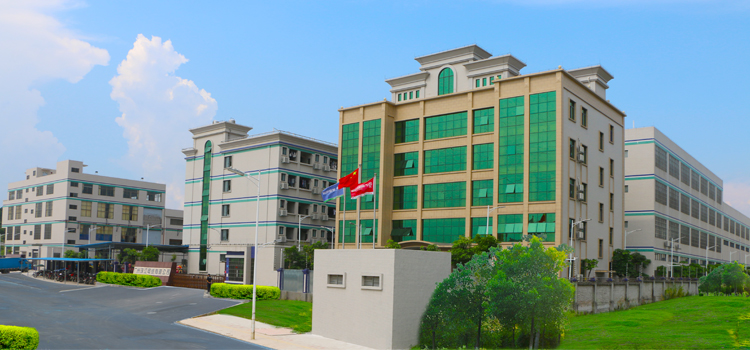 Company Profiles
Company Profiles Company Culture
Company Culture Message
Message Honor
Honor Video Center
Video Center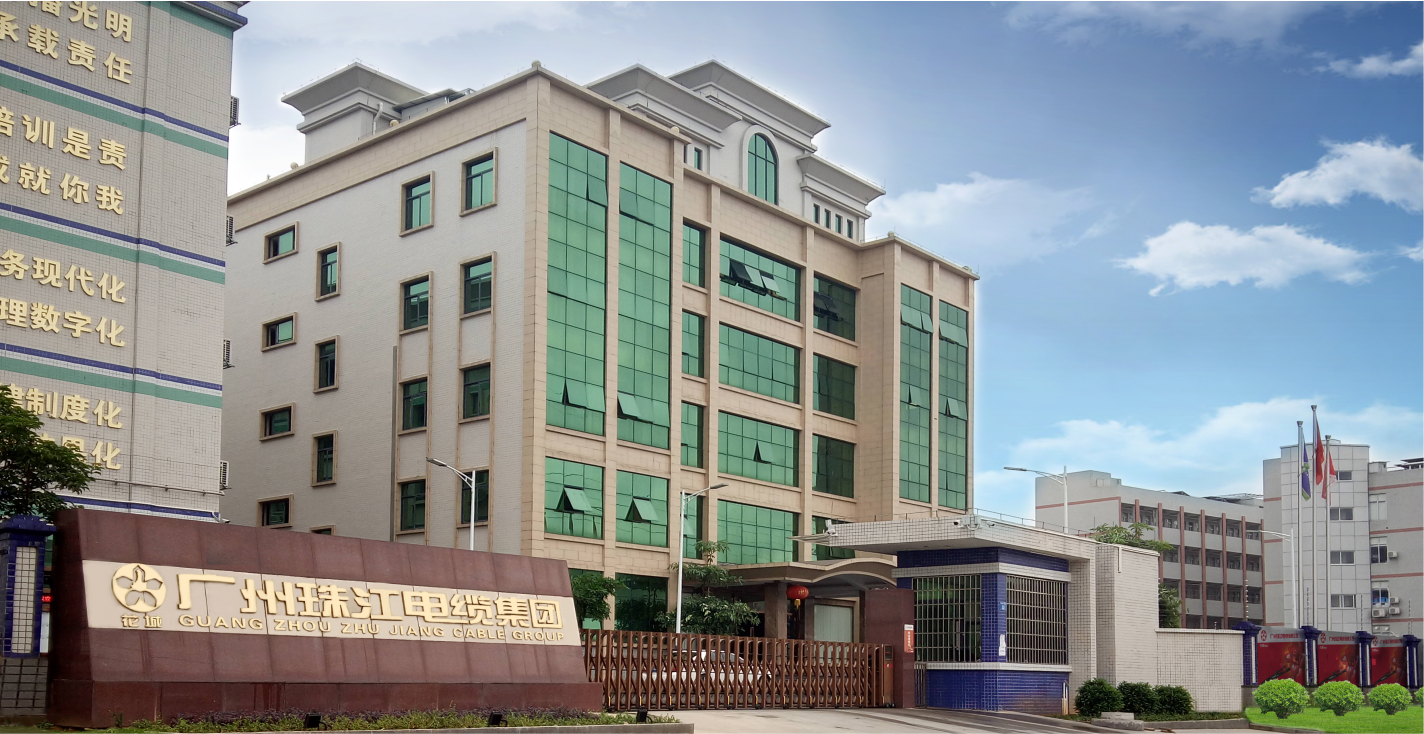 Company Reality
Company Reality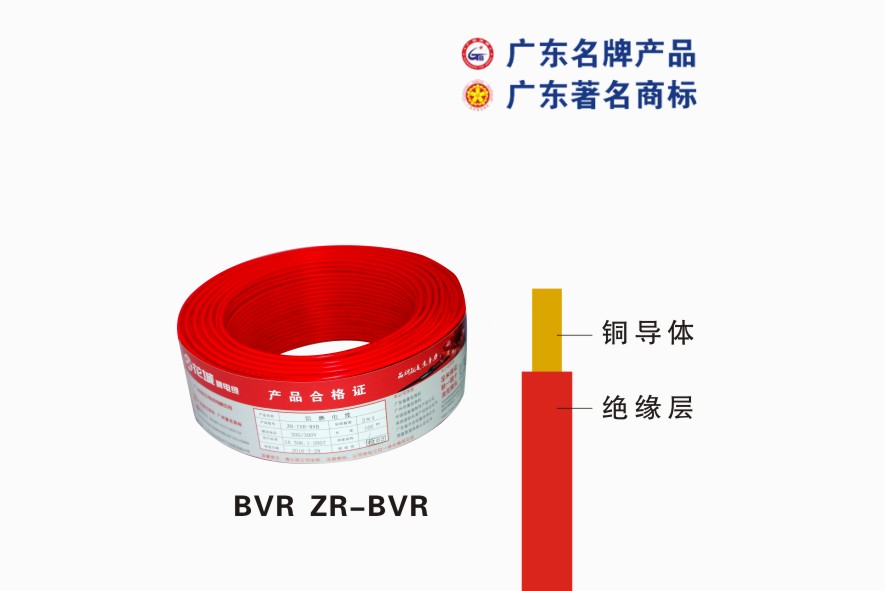 Pearl River Cable
Pearl River Cable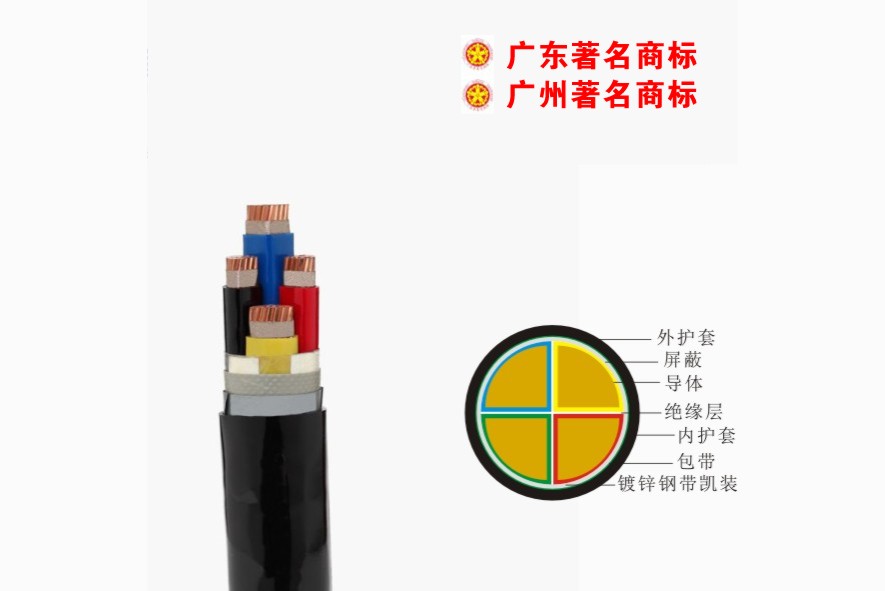 Low Voltage Cable
Low Voltage Cable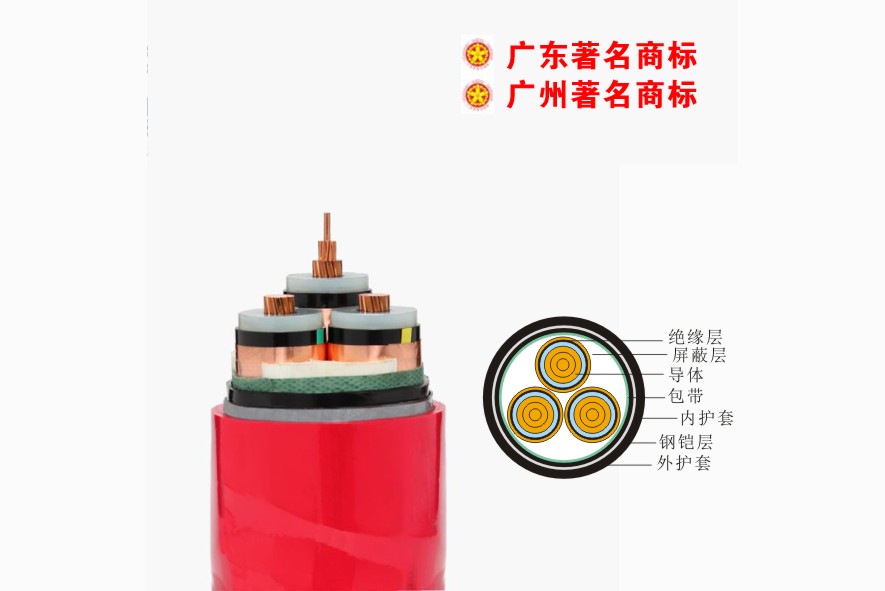 Medium Voltage
Medium Voltage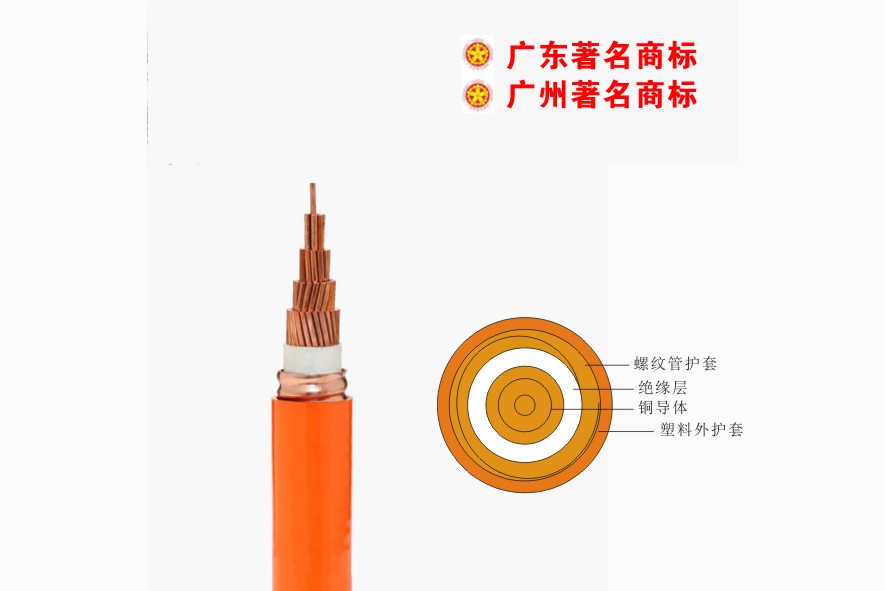 Mineral Cable
Mineral Cable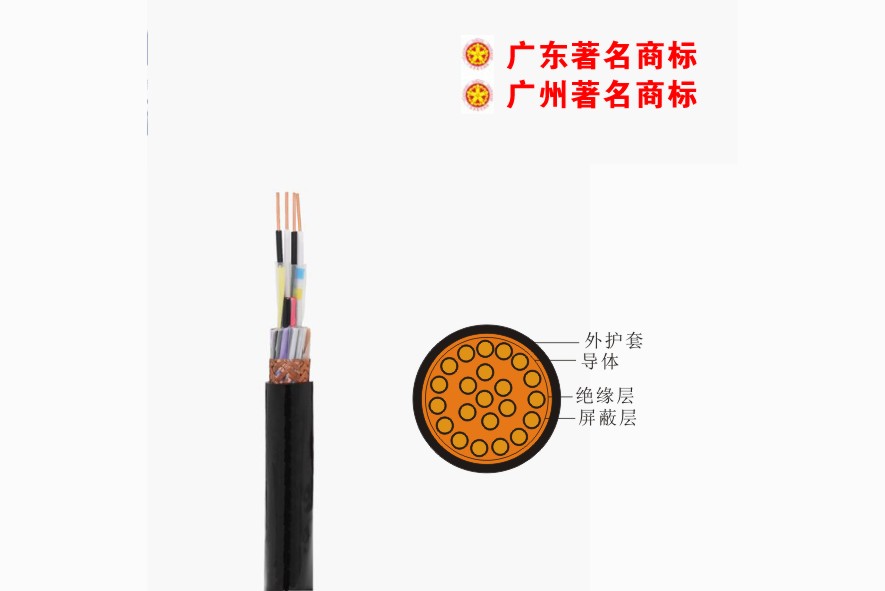 Control Signal Cable
Control Signal Cable Corporate News
Corporate News Cable Information
Cable Information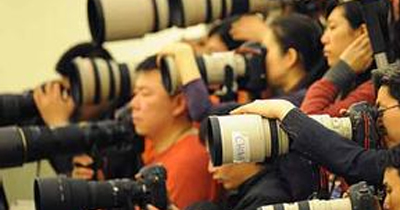 Media Reports
Media Reports Network Reprint
Network Reprint


